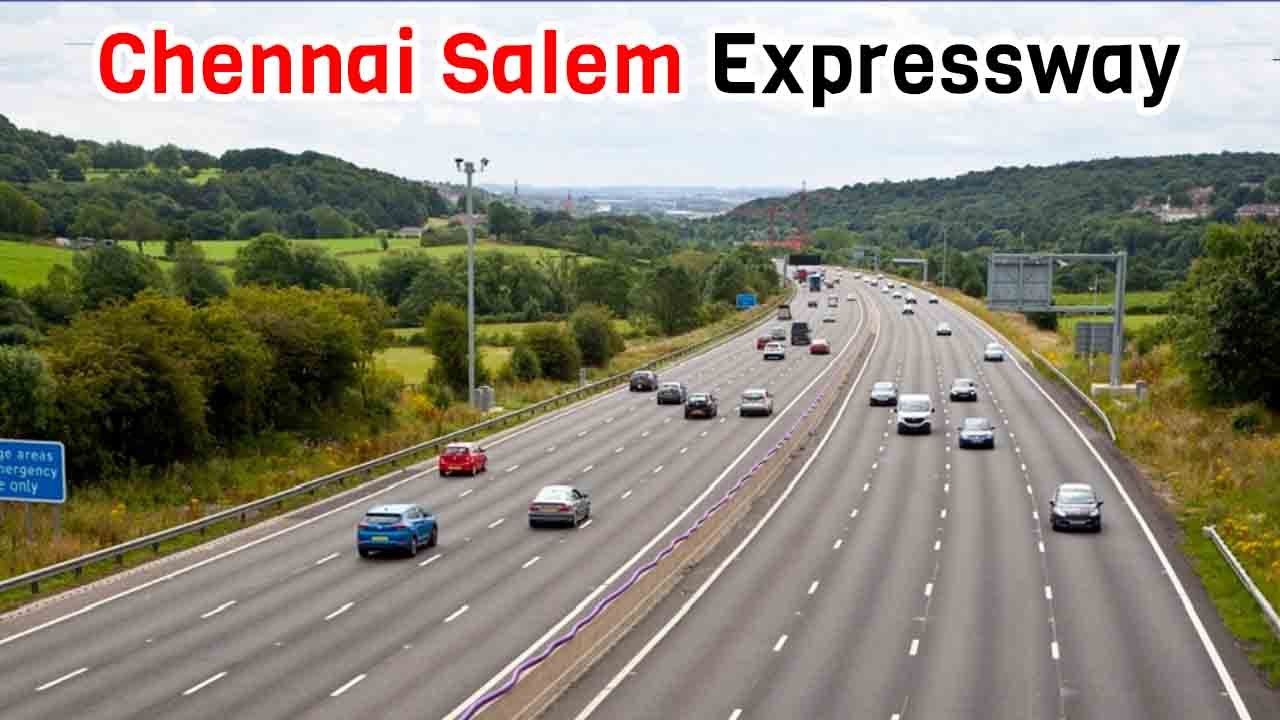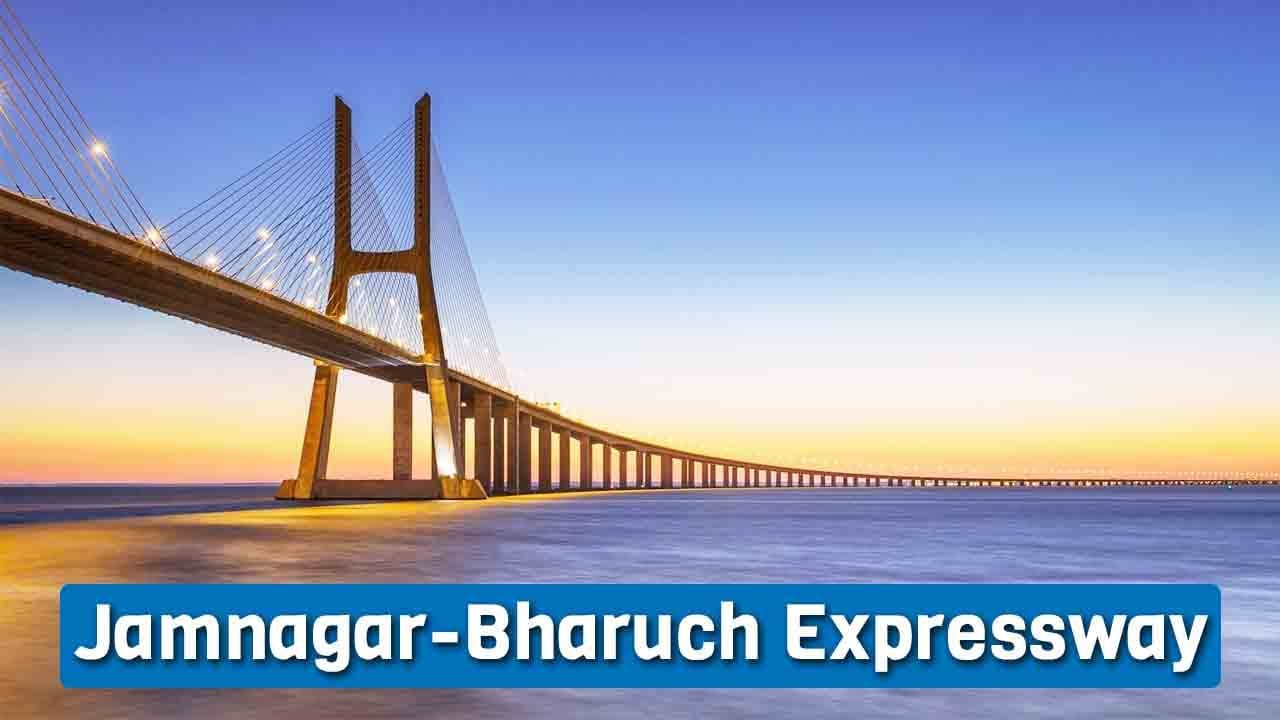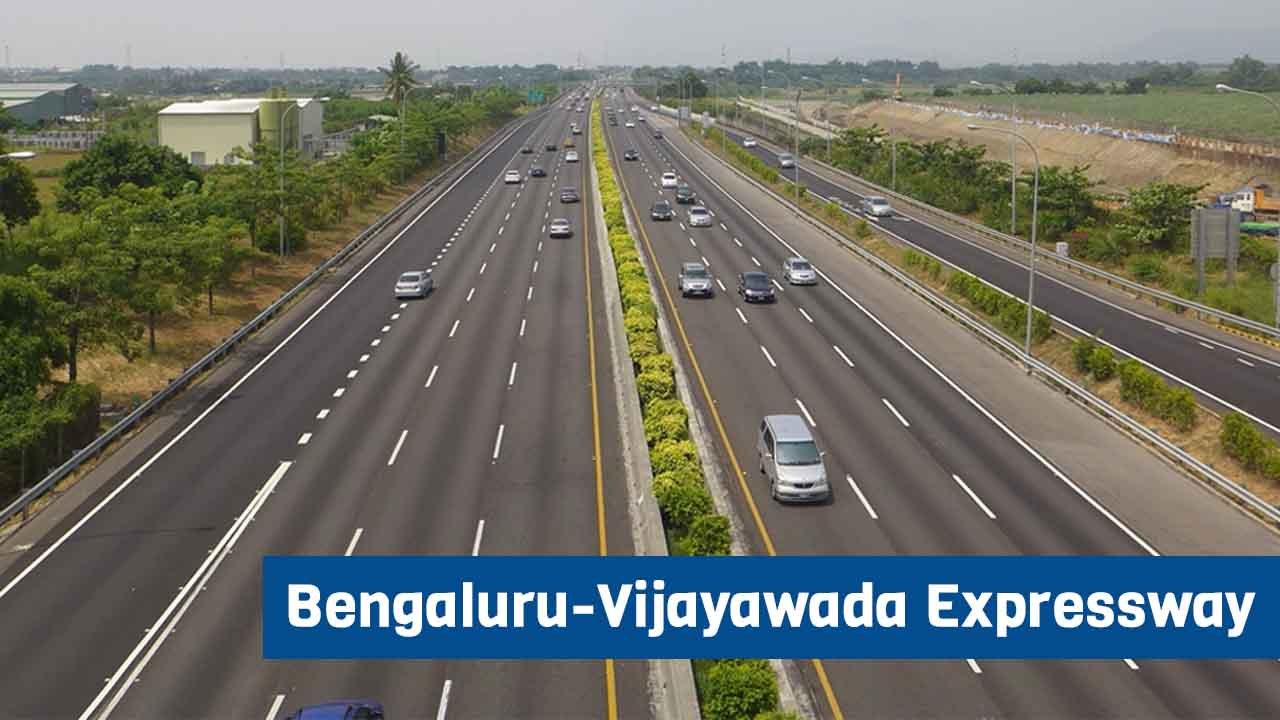The Chennai Salem Expressway is a vital infrastructure project that will increase economic development and connectivity in the region. This expressway not only connects Chennai and Salem quickly but also serves as a critical part of trade and commerce, contributing to the overall development of Tamil Nadu.
Table of Contents
Chennai Salem Expressway Overview
- Length: 277.3 km
- Cost: Rs. 9,681 crore
- Lanes: 8
- Starting Point: Tambaram
- Ending Point: Tiruvannamalai
- Completion Year: Dec, 2025
About Chennai Salem Expressway
The Chennai Salem Expressway is an eight-lane access-controlled greenfield expressway project, which is 277.3 km long and will pass through some important districts of Tamil Nadu, including Chennai, Kanchipuram, Tiruvannamalai, Krishnagiri, and Dharmapuri. To connect with Salem. Once completed, this extension will not only improve the connectivity between Chennai and Salem but also expand the real estate sector along the corridor. This will also create new job opportunities in the area.
The Chennai Salem Expressway is expected to reduce the travel time between the two cities to 2.5 hours from the current 5 to 6 hours. Chennai is an important center of religion and culture in the state, so a substantial reduction in travel time will benefit both the business and tourism sectors.
Chennai Salem Expressway Route
The Chennai Salem Expressway, to be developed by the National Highways Authority of India (NHAI), is a part of the Bharatmala project. The development of the project is estimated at Rs 10,000 crore.
According to the Detailed Project Report (DPR), a fifteen to twenty percent reduction in vehicle transportation costs is estimated. To connect with Salem, one will have to pass through some major districts of Tamil Nadu including Chennai, Kanchipuram, Tiruvannamalai, Krishnagiri, and Dharmapuri. Furthermore, the highway passes through 159 villages, thereby enhancing trade, industry, and residential development in these areas.
According to the NHAI feasibility report, the Chennai Salem Expressway consists of five major stretches:
- Tambaram and Harur Section (NH-179B)
- Harur to Salem Section (NH-179A)
- Chengalpattu to Kanchipuram Section (NH-132B)
- Semmambadi to Chetpet Section (HN-179D)
- Polur to Tiruvannamalai Section (NH-38)

Chennai Salem Expressway Progress
According to recent media reports, NHAI has sought to revive the Chennai Salem Greenfield Expressway and directed the state government to cooperate in completing the social impact assessment study and preparation of the district collectors of Salem, Dharmapuri, Tiruvannamalai and Kanchipuram. Have given. Environmental impact report of the project.
The Supreme Court upheld the notification for a Rs 10,000 crore green corridor project, In December 2020. Union Road Transport Minister Nitin Gadkari had earlier told the Rajya Sabha that the project would be completed by December 2025.
Media reports said that the farmers’ movement has blocked the Chennai Salem Expressway again. The expressway will reduce travel time between the two cities by about 3 hours. One of the key issues hampering the project is land acquisition, over which there is intense opposition from land owners.
Chennai Salem Expressway Benefits
The main goal of the proposed high-speed connectivity corridor is to connect the existing industrial areas and special economic zones (SEZs) in the present Chennai and Salem districts. Chennai is the textile hub of Tamil Nadu with about 125 spinning mills and weaving and garment industries, while Chennai is the ‘Detroit of India’ due to the presence of more than one-third of India’s automobile industries. Additionally, it is home to the Sago and Salem Steel Plants, subsidiaries of the Steel Authority of India Limited (SAIL).
The travel time between Chennai and Salem through this corridor is estimated to be reduced by two to three hours from the current five to six hours. Chennai is a cultural and religious hub, so a huge reduction in travel time will benefit businessmen and the tourism sector.
Moreover, building links in Kancheepuram-Chengalpattu, Chetpet, and Tiruvannamalai will provide connectivity to other important places, which will be great. This change will also accelerate real estate development in the surrounding areas. This expansion will boost residential, commercial, and industrial development in the 159 villages and five important districts mentioned above.
Chennai Salem Expressway Land Acquisition Problems
According to the pre-feasibility report, the project will require 2,971 hectares of agricultural, community, and residential land. In addition, parts of the corridor are planned through one reserved forest in the Tiruvannamalai spur and eleven reserved forests in Chennai and Salem. These include Sora Kolathur, Pallipatti Extension, Nambedu, Siruvanjur, Aliyalamangalam, Ravandavadi, Anandavadi, Jarugumalai and Manjavadi Ghats.
Farmers are resisting development out of fear of losing agricultural land, while environmentalists have joined the movement against cutting trees. Nevertheless, Union Minister for Road Transport and Highways Nitin Gadkari has promised early development of the corridor and pledged to resolve the disputes quickly.
Overall, the Chennai Salem Expressway is expected to fill up the realty landscape in Tamil Nadu. However, several other connectivity projects are planned in the state. Several additional connectivity projects have been announced over the past few years, aimed at boosting real estate development in the state. These include Chennai Port-Maduravoyal Expressway, Chennai-Nellore Expressway, and Thambaram-Chengalpet Elevated Corridor. These projects will once again transform Tamil Nadu’s real estate sector, which has been struggling for revival following economic reforms and natural disasters in the last three years.
Conclusion
Chennai Salem Expressway can change the image of Tamil Nadu if it is successful. This could open up many possibilities for industrial expansion and bring Tamil Nadu among some of the most popular real estate markets in the country. The pre-feasibility assessment for the Chennai Salem Expressway project asserts that it will require 2,971 hectares of agricultural, community, and residential land.
The Chennai Salem Expressway has also been the subject of many debates. A portion of the route will pass through eleven protected forests in Tiruvannamalai, Salem, and Chennai districts. The Bharatmala Project (BMP), including the Chennai Salem Expressway, is expected to be completed in 2025.
Recommended:
- Nagpur Goa Expressway
- Surat-Chennai Expressway
- Narmada Expressway
- Raipur Visakhapatnam Expressway
- Delhi Amritsar Katra Expressway










